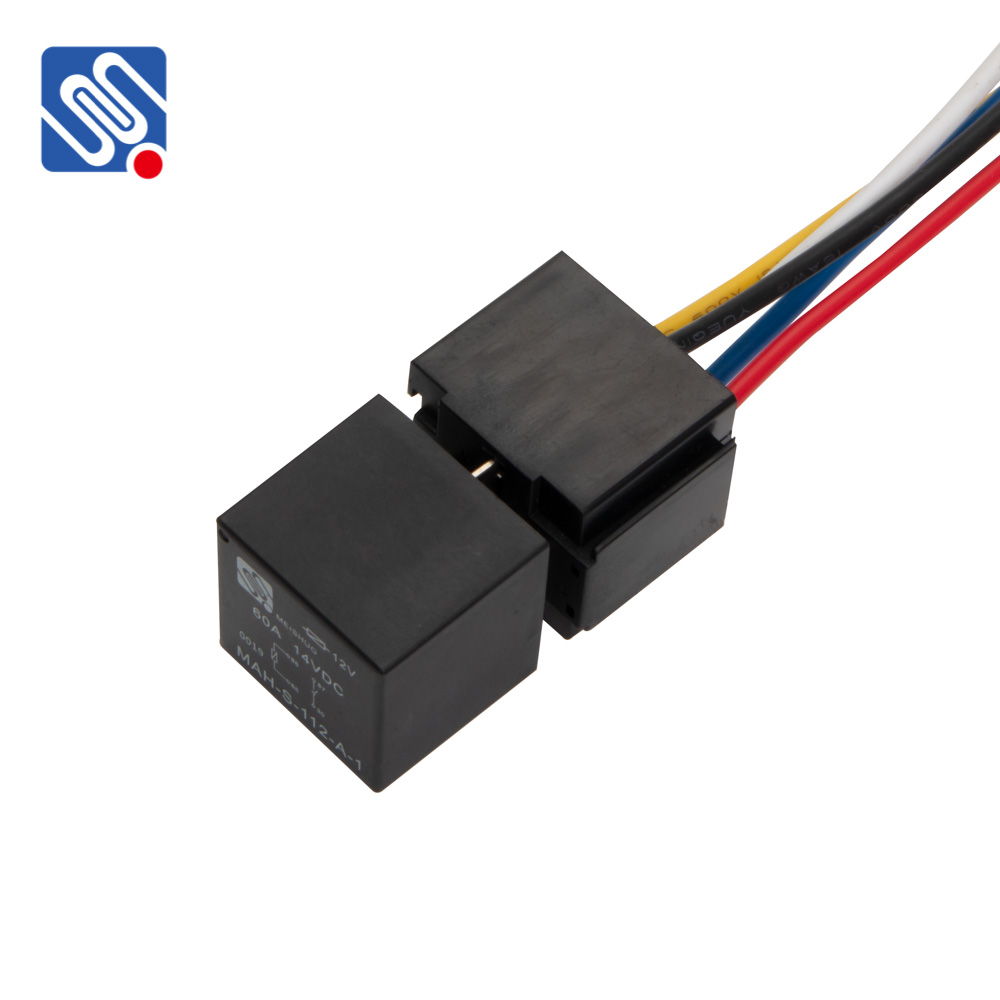Relays are essential components in various electrical systems, and the 12V 40A relay is no exception. Used primarily for controlling high-power devices through a low-power control signal, this type of relay is a key player in automotive, industrial, and home automation applications. In this article, we will explore the working principle, applications, advantages, and key considerations when using a 12V 40A relay.

What is a 12V 40A Relay? A relay is an electrically operated switch that allows a small electrical signal to control a larger current in a separate circuit. The 12V 40A relay specifically refers to a relay that operates on a 12-volt direct current (DC) input and can handle a load current of up to 40 amps. These relays typically consist of a coil, a set of contacts, and an armature. When an electrical current flows through the coil, it creates a magnetic field that pulls the armature, thus closing or opening the contacts and completing or breaking the circuit. The 12V input voltage makes these relays ideal for automotive and other 12V systems, while the 40A current rating means they can manage substantial power loads. With the ability to control circuits that operate on high currents, they are indispensable for efficiently managing power distribution.